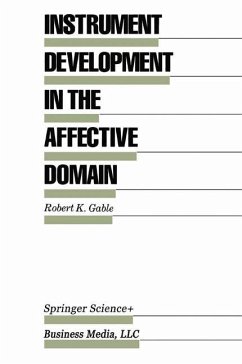The Social and Spatial Ecology of Work is an important contribution to the P- num Studies in Work and Industry. It is a theoretically informed case study, unique in that it takes full measure of the importance of physical space and the built environment for the quality of people's daily working lives and the attainment of organizational goals. Rita Gorawara-Bhat provides us with a theoretical framework for understanding how important space and envir- ment are for experiential aspects of work as they are contextualized in social relations, linked to status and role, and embedded in organizational culture and bureaucratic structure. Her framework is a creatively synthetic one that draws notably from traditions in social psychology, symbolic interactionism, dramaturgical sociology, and social ecology. Sociologists will find themselves in comfortable surroundings; this is a case study of a major social science research center affiliated with a prominent midwestern university. Studiescarried out by psychologists and social psychologists in the - cades of the 1960s and 1970s held great promise for introducing a language and methodology for inquiry about the importance of the physical envir- ment for social life. However, the overall impact of this research turned out to be short lived, perhaps owing to overly deterministic assumptions about space and spatial constraints.








